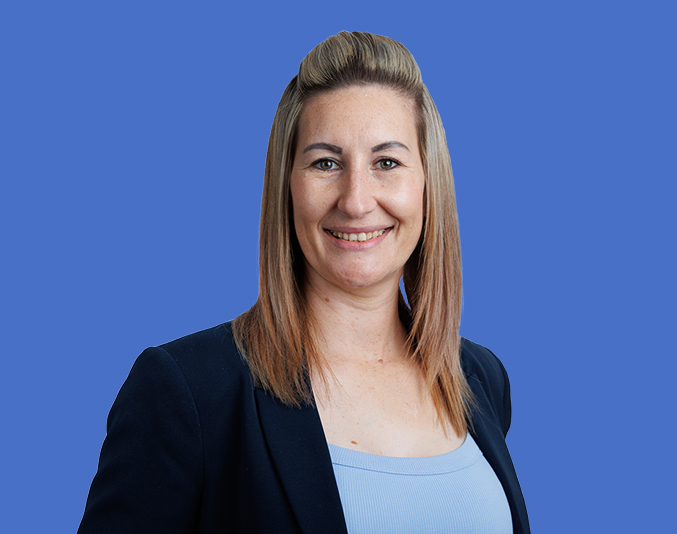What you need to know about TPD
ProtectionArticle14 April 2022
Becoming unexpectedly disabled is challenging enough, without suffering extra financial pressures while you get your life back on track. That’s when total and permanent disability (TPD) cover can be vital. Here’s your quick guide to the essentials of TPD cover – how it protects you, the different kinds of cover, and how they work if you ever need to make a claim.
TPD cover pays you a lump sum if an illness or injury leaves you permanently disabled and unable to work. It allows you to cover expenses such as out-of-pocket medical costs or home and transport modifications, while supporting your ongoing financial needs so you can take care of your family.
Here are three things you should know about how it works.
How your TPD claim is assessed
TPD cover is paid out when the insured person is diagnosed with a disability that leaves them unable to work as usual. But what does “work as usual” mean? It all depends on the definition in your TPD policy – and when you take out your policy, you’ll typically get to choose between two options:
- Own occupation means your claim will be assessed against your ability to perform the specific requirements of the job you currently do. This type of claim would mean that you probably wouldn’t be able to work in your own occupation ever again.
- Any occupation means your claim will be assessed against your ability to perform in any job you are suitably qualified or skilled for based on your education, training, or experience.
Let’s look at an example. If a cabinetmaker permanently loses the use of one of their hands and they have an own occupation TPD policy, it’s likely they’ll be considered totally and permanently disabled. This is because they’re no longer able to perform the work required in the job they currently do.
But, for an any occupation policy, the cabinetmaker may still be able to work using their skills in another capacity – perhaps as a consultant for a building supply company, or as a TAFE teacher. As such, their policy may not consider them totally and permanently disabled.
Typically, a benefit is more likely to be paid to you under an own occupation policy. As a result, an own occupation policy is more expensive than an any occupation policy. But it’s also worth noting that own occupation policies aren’t available for all occupations
How long it takes to receive a payout
TPD claims can often take longer to be paid out than other types of life insurance. This is due to the complexity involved in determining whether a disability is permanent or not.
For most policies you need to be at least three months away from work (unless the disability is very clearly measurable, such as loss of limbs). Generally, you’ll only receive a claim payout from a TPD policy when the insurer determines you have made ‘maximum medical improvement’. Put simply, this means that your condition is stable, and that you won’t get any better with further treatment. At this point you’ll have completed all operations, rehabilitation or medical procedures recommended by your treating doctors.
As a result, some TPD claims can take months or even years to resolve. It also means TPD claims tend to have a higher decline rate than other life insurance cover types due to the difficulty in proving the permanency of a disability.
How your TPD cover is structured
You buy TPD insurance either as a ‘stand-alone’ cover, or as a ‘linked’ cover that’s connected to life cover or trauma cover – or both. Typically, linking cover will reduce your premium but may also impact your total cover.
For example, let’s say you have TPD cover of $200,000 and it’s linked to $500,000 life cover. When you make a successful claim on your TPD cover, your life cover benefit will reduce by the $200,000 paid out for TPD. That means your life cover is now reduced to $300,000.
You may be able to buy back extra life cover in the future following payment of a TPD benefit.
How to buy insurance from Zurich
To purchase TPD cover from Zurich, you need to see a financial adviser. They can help you understand your current financial situation, as well as your goals for the future, so you get the right cover for your needs. They can also structure your cover in a way that gives you the best value for money and suits your cash flow and tax objectives.



